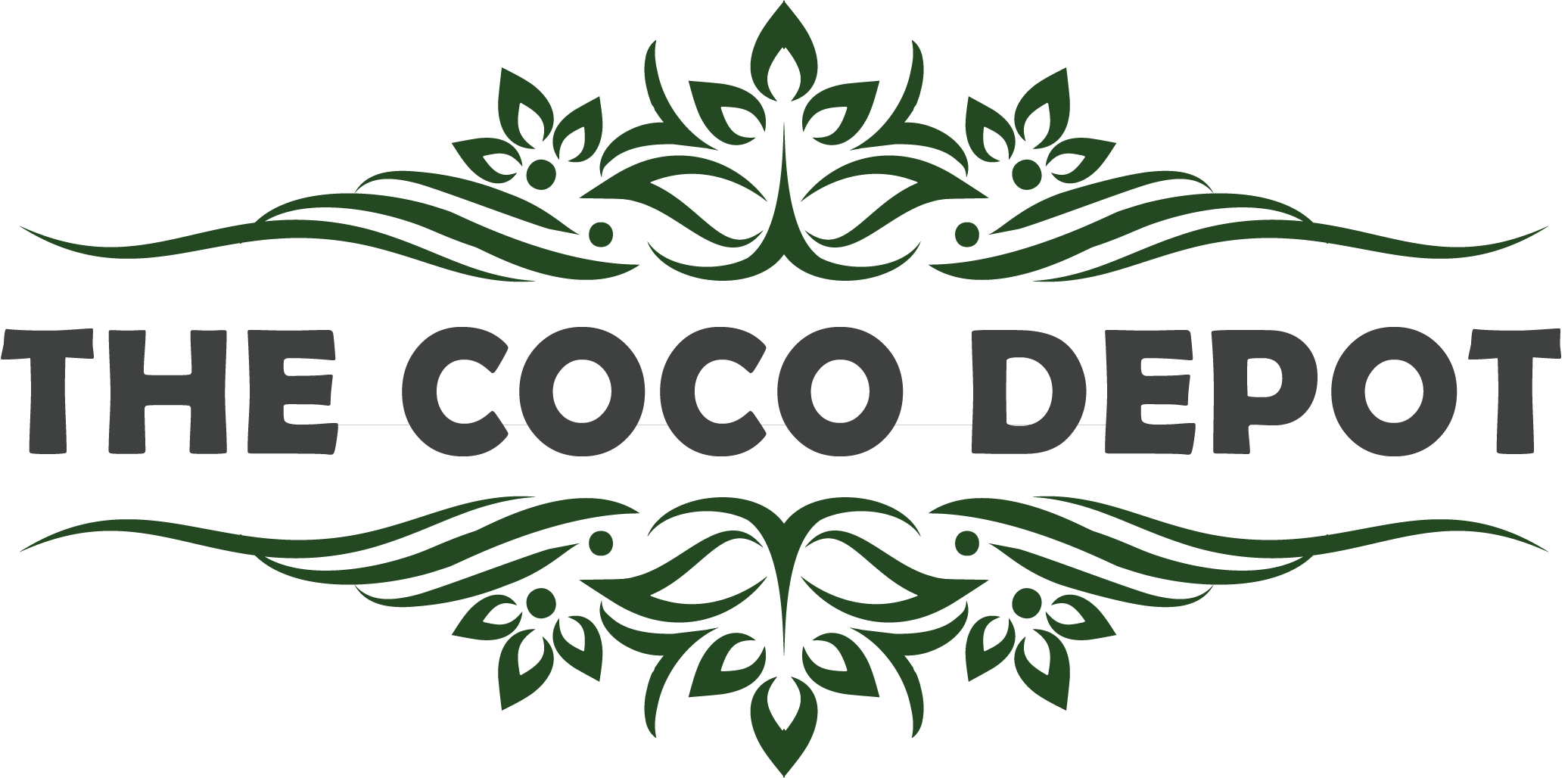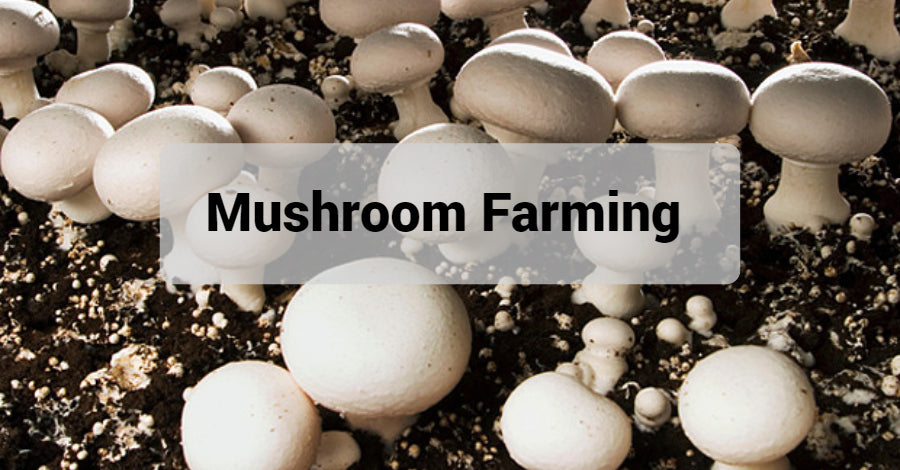Growing mushrooms is one such arduous task, enough to render the grower with no choice when experimented with the wrong substrate.
In contrast, a good-suitable grow substrate helps thrive the mushroom growth to its fullest.
Now, speaking of Mushroom Farming, it is one of the most profitable agro-cultivation that requires lesser space and lower investment. It basically substrate-grown farming demanding voluntary infusion of water, nutrients and grow supplements.
Mostly business oriented, Mushroom farming is top priority for all farming enthusiasts with minimal effort and maximum yield.
The definity of mushroom cultivation depends on the substrate used. A good substrate needs to be dense in fibrous material like lignin, cellulose and highly absorbent and better susceptance in vulnerable conditions and tolerance towards pests, bacteria and fungi.
There are multiple grow substrates in the market that opt to suit mushroom grow, while few satisfy the needs of flourishing grow.
One such better option is Coco Coir Pith/ Coco Peat. Coco coir is a natural and 100% organic grow substrate made up of coconut husk, which makes growing mushroom easier and simpler.
Added to its versatility, Coco coir provides beneficial pointers to mushroom grow.
- The porous structure of coir material enables good exchange of air and water supply.
- It's far stretched water absorption will hold moisture for a longer time.
- The coir substrate is slightly acidic(pH 6-6.5) in nature that makes it more acceptable, same as normal plant demands.
- Coir is completely evasive of any microorganisms and does not support their growth either.
- It is inert to chemical reaction thus leaving a room for the nutrients to support the growth to its fullest extent.
- Rich in carbon, the fibrous coco coir offers extensive nurturing support.
- Coco coir is originally an organic substrate that requires less care and more benefits.
- It is predominantly pre-washed and sterilized before use.
- 100% renewable resource, biodegradable and reusable.
Though Coco coir lacks in containing almost nutrients required for Potassium, Sulphur and Phosphorus, it still has traces of Magnesium, Calcium and Nitrogen that contribute to the growth of mushrooms.
Often, Coco coir is mixed with Vermiculite to form a suitable substrate.
Substrate Prepare
A simple few steps are required to break down a compressed Coco block into ready-to-use substrate. Fundamentally, a substrate is a grow material providing energy and nutrition to mushroom mycelium. Once ready, coco coir can be sterilized again upto grower wish.
An adequate amount of water is required to refrain the substrate with extra nutrients and give a strong hold.
For a home grower, a see-through jar will do as a container while a commercial grower’s opts for large transparent plastic bags for substrate culture.
All set, then it’s time to inoculate mushroom spawn to start growing.
Give it a thorough mix, that grain spawn, substrate and water are mixed evenly.
Close the bag securely, place it under appropriate temperature and humidity.
After 10-20 days, you come to see colonized mycelium, the start of the growth phase that spread throughout the substrate. That overturns the entire substrate into white brimming with mushroom sprout.
Now, you can transfer the content to a fruiting chamber such as a large container with a lid that will protect young mycelium from harm and can grow to full size.
As such, it completes the cycle of harvest within 5 weeks and is ready to be delivered to consumers.

